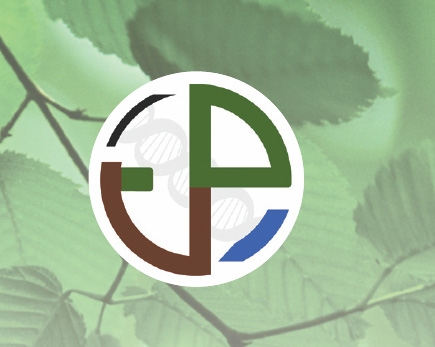Resumen en ingles:
Of all the possible micropropagation techniques, it is widely accepted that vegetative propagation by somatic embryogenesis is by far the most promising for rapid, large-scale dissemination of elite individuals. Yet, to date, examples of somatic embryogenesis processes applied on an industrial scale are very few and far between. There are many complications. They usually involve a major genotypic effect, particularly for obtaining embryogenic tissues, or are related to the quality of regenerated somatic embryos, the incidence of somaclonal variations and, more generally, a lack of reproducibility and efficiency at certain stages of the process, leading to production costs that prove prohibitive. Research on coffee somatic embryogenesis began at the end of the 1970s at various institutes, including CIRAD. Between 1995 and 2001, CIRAD moved the technique forward from a research laboratory scale to a technique enabling industrial dissemination of extremely promising Coffea arabica F1 hybrids. Over that period, two technological innovations made technology transfer economically feasible: mass production of somatic embryos in temporary immersion bioreactors and the possibility of sowing them directly in the nursery. At the same time, reassuring data were obtained on the genetic conformity of regenerated plants (somaclonal variation frequency < 3%). In 2002, in partnership with the ECOM group, CIRAD decided to transfer the somatic embryogenesis method on an industrial scale for the dissemination in Central America of four Arabica hybrid clones, selected for agroforestry-based farming systems. This article describes the different stages and the difficulties overcome up to successful technological transfer in 2010, and one of the very first examples of somatic embryogenesis technology applied on a commercial scale.





